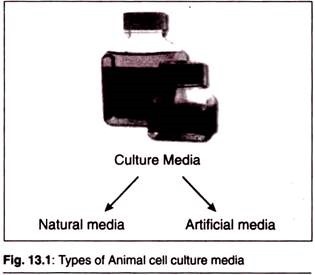In this article we will discuss about the determination of pKa values using pH meter.
Titration between a Strong Acid and a Strong Base:
Requirements:
1. pH meter.
2. 0.1(M) HCl (Normality of HCl is ll.5).
3. 0.1 (M) NaOH (dilute from 1(M) stock solution).
4. Standard buffer 0.05(M) potassium hydrogen phthalate, pH 4.01.
5. Magnetic stirrer.
6. Tissue paper.
Procedure:
1. Take 50 ml of 0.1 (M) HCl in a 250 ml beaker.
2. Switch on pH meter, warm it for 10 minutes.
3. Calibrate pH meter using standard buffer, 0.05(M) potassium hydrogen phthalate (pH 4.01).
4. Remove the beaker with standard buffer, rinse electrodes with distilled water, wipe gently with tissue paper.
5. Introduce the beaker with 0.1 (M) HCl and note the pH.
6. Add 2.0 ml of 0.1 (M) NaOH, mix thoroughly with a glass rod, or gently on a magnetic stirrer and note the pH.
7. Repeat steps 5 and 6 until pH is 10.
8. Plot a graph with pH versus volume of 0.1 (M) NaOH added. This gives the titration curve for the acid (Fig. 1.1).
Titration between a Weak Acid and a Strong Base:
Requirements:
1. 0.1 (M) Glacial acetic acid.
2. 0.1 (M) NaOH.
3. pH meter.
4. Magnetic stirrer.
5. Tissue paper.
Procedure:
1. Take 50 ml of 0.1 (M) glacial acetic acid (a weak acid) in a 250 ml beaker.
2. Follow steps 2-4 as in the above experiment.
3. Introduce the beaker with glacial acetic acid, note the pH.
4. Add 2.0 ml of 0.1(M) NaOH. Mix thoroughly.
5. Repeat steps 5 and 6 of the above experiment until pH is 10.
6. Plot a graph with pH versus volume of NaOH added and connect the points (Fig. 1.2) .This gives the titration curve for a weak acid. The mid-point of inflexion gives the pKa of acid.


